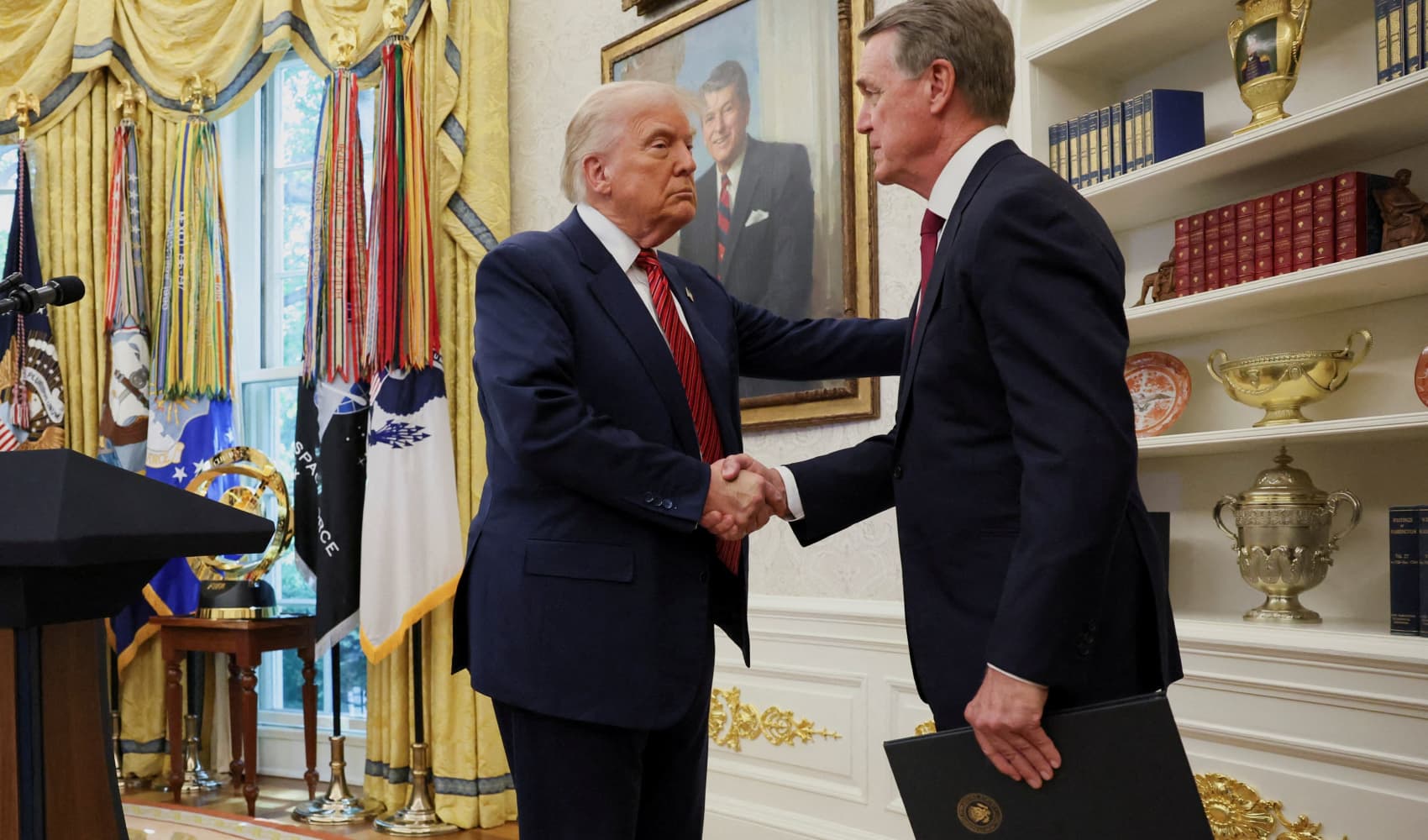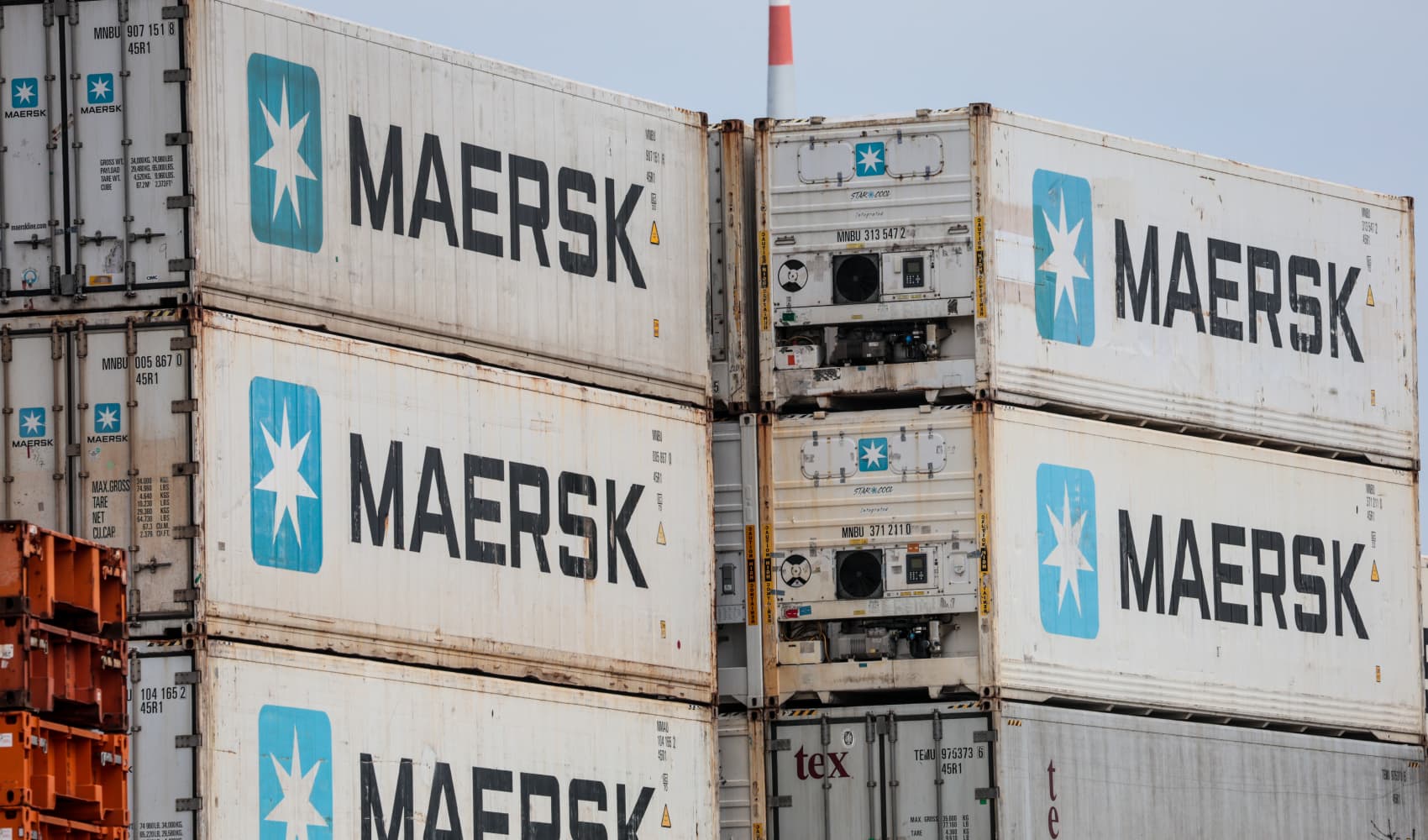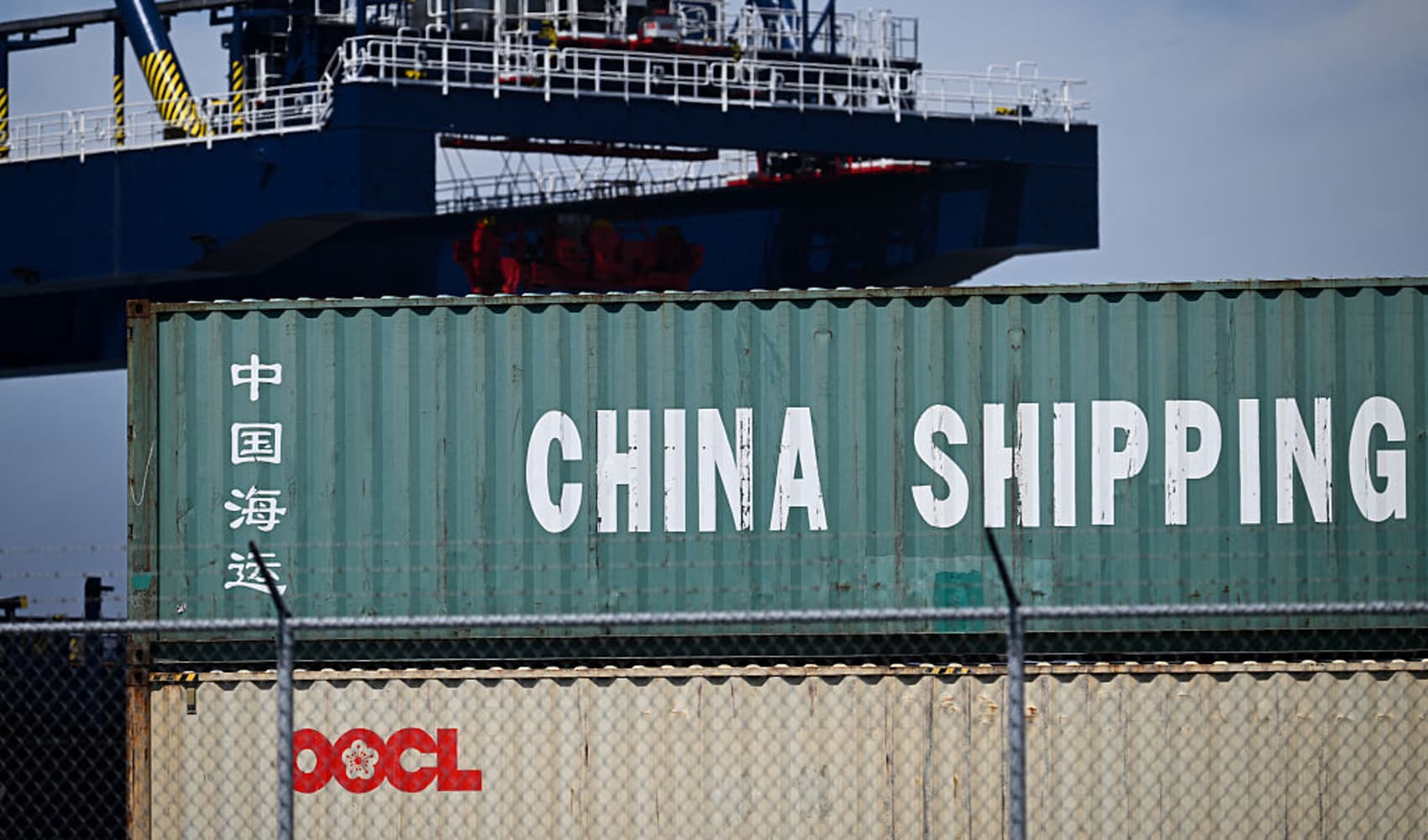Trump's China Envoy: Trade War Showdown in Switzerland?
Trump's China Envoy Sworn In: A Trade War Showdown Looms?
Introduction: A New Ambassador, A Renewed Conflict?
Well, folks, buckle up! It seems like the U.S.-China relationship is about to enter another fascinating, albeit potentially turbulent, chapter. President Trump's newly appointed ambassador to China, former Republican Senator David Perdue, has been sworn in, just days before crucial high-stakes talks are set to kick off in Switzerland. But what does this mean for the ongoing trade war and the future of the global economy? Let's dive in and explore the complexities of this situation.
The Perdue Appointment: A Strategic Move?
Trump, known for his...let's say *unique* timing, couldn't resist a playful jab at Perdue during the swearing-in ceremony. "What timing... what timing, only you could've picked this timing," Trump quipped, highlighting the immediate pressure facing the new ambassador. Was this timing deliberate? Was Perdue specifically chosen to navigate these tricky negotiations? It certainly seems so. His previous experience in the Senate, and presumably his understanding of the political landscape, are likely seen as valuable assets.
The Looming Talks in Switzerland: High Stakes and Uncertain Outcomes
The upcoming discussions in Switzerland mark the first formal dialogue between Washington and Beijing since Trump announced a whopping 145% tariff hike. That's a pretty aggressive opening gambit, isn't it? What are the chances of a breakthrough? Are these talks simply a formality, or is there genuine hope for de-escalation? The world is watching with bated breath.
The Trade War: A Primer
To understand the significance of these talks, let's briefly recap the trade war. This tit-for-tat conflict, which began in April, has seen both nations imposing tariffs on each other's goods, impacting everything from agricultural products to technology. Think of it as a high-stakes game of economic chicken, where both sides are daring the other to blink first.
The Impact on the U.S. Economy
The trade war's impact on the U.S. economy has been significant. Businesses face increased costs, consumers pay higher prices, and uncertainty clouds investment decisions. Is this a sustainable situation? Many economists argue that it's not, pointing to potential long-term damage if a resolution isn't reached.
The Impact on the Chinese Economy
Similarly, the Chinese economy has felt the pinch. While China's economy is vast and resilient, it's not immune to the effects of tariffs and reduced trade. Exports have suffered, and domestic industries face challenges. But who will feel the pain the most?
Perdue's Challenges: A Tightrope Walk
Ambassador Perdue faces a Herculean task. He must represent U.S. interests while also seeking a mutually agreeable solution with China. It's like walking a tightrope across the Grand Canyon – one wrong step, and you're in trouble. He needs to build trust, foster understanding, and navigate the complex political and economic landscape.
Negotiating Strategies: What to Expect
What strategies might Perdue employ? Will he adopt a hardline approach, echoing Trump's aggressive stance? Or will he seek a more diplomatic and conciliatory path? Perhaps a combination of both? It’s crucial to consider both the economic and political dimensions of the negotiations.
The Art of the Deal: Trump's Influence
Given Trump's history as a dealmaker, his influence on the negotiations is undeniable. Will he allow Perdue the flexibility to compromise, or will he insist on a tough stance? His involvement could either expedite a resolution or further complicate matters.
Potential Outcomes: A Range of Possibilities
What are the potential outcomes of the talks? Optimistically, we could see a gradual easing of tensions, with both sides agreeing to roll back tariffs and pursue further negotiations. Pessimistically, the talks could collapse, leading to further escalation and potentially a full-blown trade war. The truth likely lies somewhere in between.
Scenario 1: A Partial Agreement
Perhaps a limited agreement is reached, focusing on specific sectors or issues. This could provide some relief to businesses and consumers while keeping the door open for future negotiations.
Scenario 2: A Temporary Truce
A temporary truce might be declared, with both sides agreeing to halt further tariff increases while they continue to talk. This could buy time and reduce immediate economic pressures.
Scenario 3: Continued Standoff
Unfortunately, the most likely scenario seems to be continued standoff. Without compromise on both sides, the trade war will drag on, hurting both economies.
Geopolitical Implications: More Than Just Trade
The U.S.-China relationship is about more than just trade. It has significant geopolitical implications, affecting global security, technology, and international cooperation. How will the trade war impact these broader issues?
The Future of U.S.-China Relations: A Shifting Landscape
Regardless of the outcome of these talks, the U.S.-China relationship is undergoing a significant transformation. The days of unbridled cooperation and mutual benefit may be waning, replaced by a more competitive and cautious dynamic.
Conclusion: Navigating a Complex World
The appointment of Ambassador Perdue and the upcoming talks in Switzerland represent a critical juncture in the U.S.-China relationship. The stakes are high, the challenges are immense, and the future is uncertain. As we navigate this complex world, it's essential to stay informed, analyze the facts, and hope for a peaceful and prosperous resolution.
Frequently Asked Questions
- What is the main goal of the upcoming talks in Switzerland?
The primary objective is to de-escalate the ongoing trade war between the U.S. and China and to find common ground for future economic relations.
- How will the trade war affect American consumers?
American consumers may face higher prices for imported goods due to tariffs, impacting their purchasing power.
- What experience does David Perdue have that makes him suitable as ambassador to China?
Perdue's experience as a former Republican Senator provides him with a deep understanding of the U.S. political landscape and negotiation processes, valuable assets in navigating complex diplomatic relations.
- What are some of the potential risks if the trade war continues?
Prolonged trade war could lead to a slowdown in global economic growth, increased business uncertainty, and disruptions to supply chains.
- Besides trade, what other factors influence the U.S.-China relationship?
Geopolitical considerations, technological competition, human rights concerns, and security issues in the South China Sea all play significant roles in shaping the relationship.


